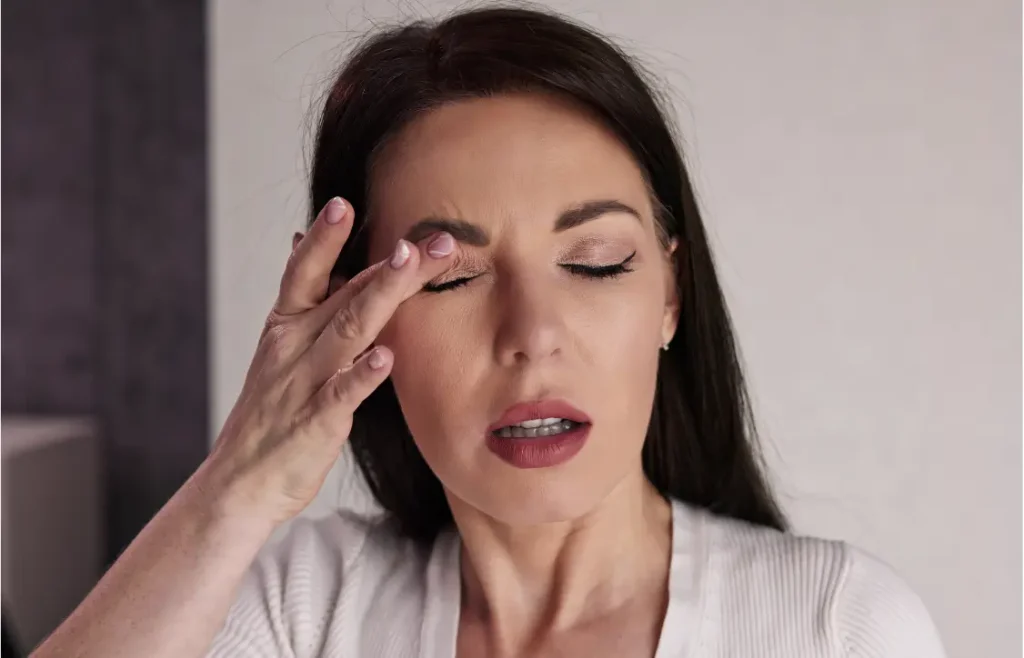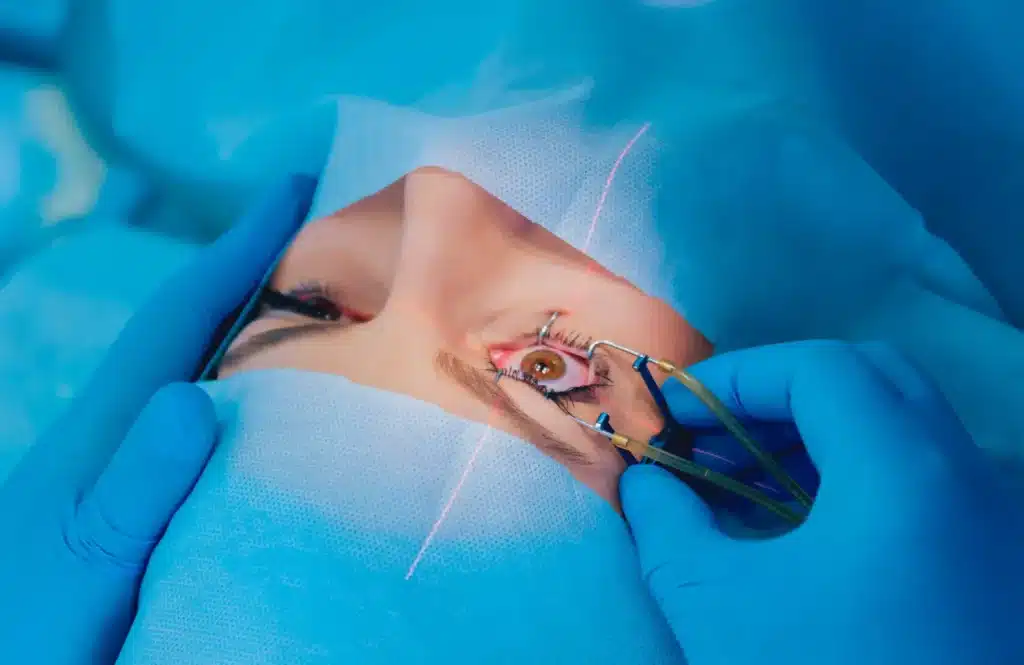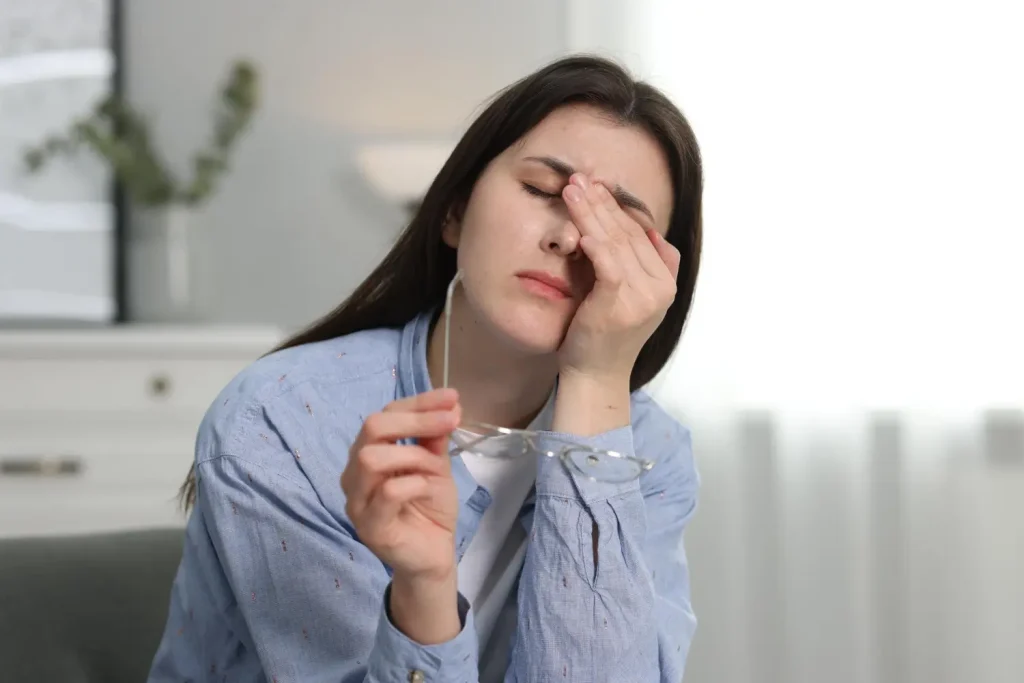What are Anal Fissures?
An anal fissure is a tear in the thin tissue or muscles that surrounds the anus. It occurs when hard or large stools pass during a bowel movement and tear the mucosa with friction. In some cases, the tear would spread into the internal anal sphincter that closes the anus, which will cause involuntary spasms. The constant constriction and trauma delays the healing period for the anal fissure.
Depending on what is the severity of the tear, symptoms relating to anal fissure can range from a slight discomfort to extreme pain at the anus. The pain occurs during and after the passage of a bowel movement and can last even for hours. Bleeding may also be present and appear visible on the stool or the used toilet paper. Other signs and symptoms include the feeling of irritation or itching around the anus, an extended lump, skin growth, or skin tag near the anal fissure, and a prominent crack in the skin.
Acute anal fissures can heal on their own within six weeks when patients with the ailment follow appropriate self-care methods, such as increasing fiber intake or soaking the rectal area in warm water (sitz baths). If the anal fissure is caused by diarrhea or constipation, changing the diet can help to relieve the stress on the anal fissure.
However, if the pain persists for more than six weeks, it is considered chronic and may require further treatment. One of the forms of treatment that can enhance the healing process are Botox injections
Botox and its advantages
Botox is one of the most popular brands of botulinum toxin products. It contains the neurotoxin botulinum toxin A that is designed to block the release of the neurotransmitter acetylcholine in neuromuscular junctions, which results in the inhibition of muscle movement. Currently, it has received certifications by the FDA for various indications, such as the treatment of glabellar lines and forehead lines, crow’s feet, upper limb spasticity, cervical dystonia, blepharospasm, and primary axillary hyperhidrosis. These conditions are often marked by involuntary muscle spasms.
How does Botox improve anal fissure pain?
When the acetylcholine release is unregulated or is excessively active, the muscles begin to spasm involuntarily. A Botox therapy inhibits the transmission of this acetylcholine, it causes a temporary flaccid paralysis of the muscles.
A surgical sphincterotomy is often deemed as the optimal treatment for anal fissures. However, in some cases, there have been adverse effects, such as fecal incontinence, after pursuing this treatment. As an alternative, botulinum toxin inhibits the movement of the anal sphincter muscle, which in turn promotes the elimination of the internal anal sphincter muscle spasm. This subsequently reduces the pain cycle and allows the anal fissure to undergo the process of rehabilitation on its own. This particular region is also involved in the autonomic nervous system, so there are similar reactions to treatment on striate neuromuscular junctions. Botox has been proven successful in alleviating the pain in this area for a substantial period of time.
How to perform the treatment
This treatment should be done in clinics and performed only by professionals that are trained in the handling of Botox. Practitioners or surgeons must get the patient’s consent before moving forward with this procedure. To ensure a smooth session, discuss the expectations, limitations, and precautions that may arise from this treatment with the patient.
Prior to the treatment, the patient does not have to perform any extensive bowel preparation other than general cleaning and the conducting of a normal hygiene routine such as a shower or bath. Since the patient will be awake during the process, offer anesthetic, such as lidocaine cream, to numb the pain in the area, and clean the area around the anus in accordance with aseptic measures.
With the patient lying on their left side, inject the Botox into the anal sphincter muscle. In a study, 40 U of lyophilized botulinum toxin A was found to be an optimum dose. The injection can be done using a 25G needle that places 10 units of Botox into two spots lateral to the fissure and 20 units in an anterior injection.
After completing the injection, advise the patient to take painkillers, such as paracetamol, to reduce the discomfort. Patients may also run a small risk of having temporary loss of control when it comes to flatulence, but there is less risk for fecal incontinence. It should take 72 hours for Botox to take effect. The muscles will relax for 23 months, which provides adequate time for the anal fissure to heal.
Important considerations and precautions
As stated before, patients can opt for other additional care to encourage healing. These methods of additional care include consuming fiber supplements or fiber-rich foods, such as wheat bran, whole grains, citrus fruits, prunes and prune juice, or over-the-counter laxatives. The doctor will perform an assessment to determine if the botulinum toxin therapy is required.



















